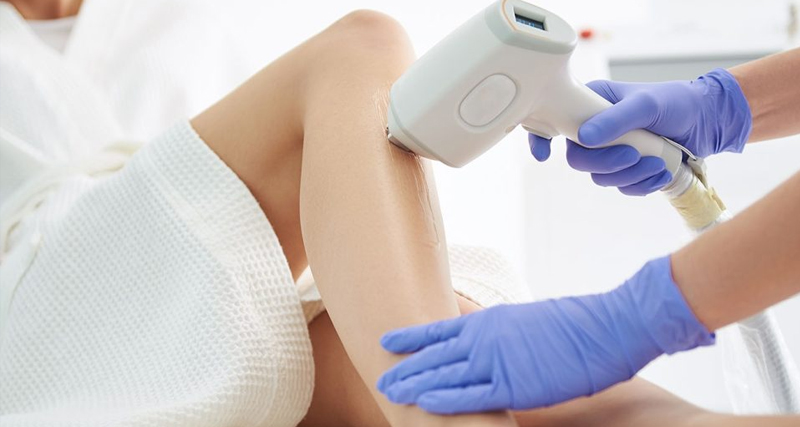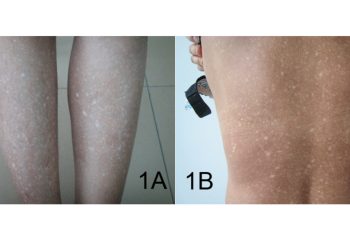Blisters Prevention and Long-Term Skin Care
While some causes of blisters are unpredictable, many can be prevented with simple lifestyle adjustments and skin protection strategies. Learn more about blisters prevention and long-term skin care below.
1. Prevent friction blisters
- Wear properly fitted shoes and break in new footwear gradually.
- Use moisture-wicking socks and change them often if your feet sweat.
- Apply petroleum jelly or anti-friction balms to high-risk areas.
- Wear gloves during repetitive tasks like gardening, cycling, or weightlifting.
2. Avoid burn-related blisters
- Use sunblock and cover up in harsh sunlight.
- Take care around stoves, kettles, irons, and hot surfaces.
- Store chemicals and cleaning agents safely to avoid skin exposure.
3. Manage underlying skin conditions
- Treat dandruff, eczema, or fungal infections early.
- Use mild, fragrance-free soaps to reduce irritation.
- Consult a dermatologist if you have frequent, unexplained blisters.
4. Stay hydrated and maintain skin health
- Healthy, supple skin is less prone to injury.
- Drink plenty of fluids and moisturise regularly, especially in dry climates.
5. Prevent infections
- Keep hands and feet clean and dry.
- Don’t share towels, shoes, or personal grooming items.
- Avoid popping blisters unless sterile techniques are used.
6. Diabetic and immunocompromised patients
- Check feet and hands daily for any skin damage or blisters.
- Seek medical attention early for even small sores.
- Schedule regular podiatry or diabetic foot checks.
7. First aid preparedness
- Keep a basic blister care kit on hand with:
- Sterile plasters or gauze
- Antiseptic cream
- Clean scissors or tweezers
- Pain medication
In the South African context, many blister cases are avoidable with education and protective gear, especially for labourers, outdoor workers, and children in informal footwear.
Blisters Prevention and Long-Term Skin Care
Protecting your skin means protecting your health — and preventing blisters is easier than treating them.
👉 [End of Series | Back to Overview]


